For many businesses, social media for e-commerce has become a significant component of sales growth. Using social media to increase your marketing has a lot of advantages that may help you boost your business, so don't be afraid to try it out. Let's take a look at what you can do with social media to market your e-commerce firm, as well as the tools and best practices you should definitely use.
1. Define your e-commerce strategy and social media objectives of the company
You may use social media for e-commerce in two ways: to promote visitors to your company's website or to drive purchases. While each is significant in its own right, it's critical to figure out one you value the most so you can make the most use of your resources.

Targeting social media objective
To guarantee that you're taking action to take you closer to your goals, it's critical to identify your goals before investing time in strategy and implementation. You can't quantify your progress or replicate what works if you don't set goals.
2. Determine whether or not you want to start a social commerce business.
Selling directly to your customers using social media platforms is known as social commerce. Everything happens on the app or platform they're already using, from discovering your product or service to making a purchasing choice to completing the checkout process.
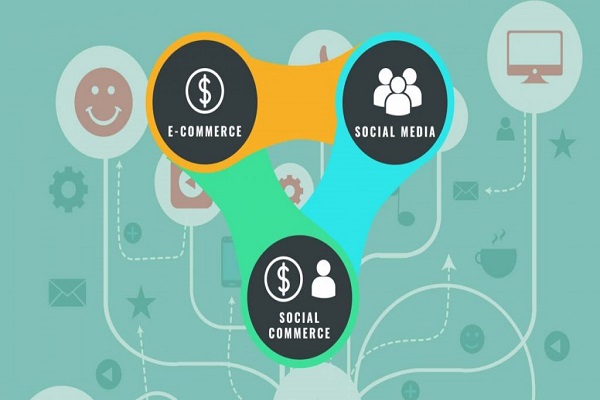
Target, for example, has a shop embedded right into its Facebook page where users can explore and buy things.
If you offer things that a potential consumer can rapidly evaluate online from a snapshot and buy on impulse, you could find success with social commerce. Consider cheaper prices and things that are unlikely to be returned. An apparel firm may be able to sell clothing and accessories successfully on social media since the procedure is conducive to how customers typically purchase these items.
When is social commerce not the best option? If your products or services are more expensive and customers want to see them in person to judge quality. A customer shopping for an engagement ring will want to spend more time weighing choices and researching dealers than social commerce allows.
Begin by concentrating on the social media platforms that your ideal customer and target audience utilize the most. Take the time to interact with your audience and answer their questions and remarks. You should invest in social media marketing whether or not you plan to pursue social commerce for your company. Social media may help you raise your exposure, drive traffic to your website, create leads, and communicate with your consumers.
3. Make a social media plan for your e-commerce business
For your e-commerce business, you'll need a social media plan that takes into account your objectives, resources, and the best venues for reaching out to customers. After you've clarified these aspects of your plan, you may delve further into each one to design successful campaigns that meet your objectives.

Making social media content plan
You're more likely to adopt best practices to help you be more productive overall when you work from a social media plan. Get a good notion of who your target audience is, where they spend their time, and what their concerns are. After that, conduct some research to see which platforms are the most popular among your target audience.
4. Decide which social media channels your e-commerce business should focus on
To begin, seek for well-established platforms with a variety of features, as well as several ways to advertise and sell items and targeted targeting. Some may pique your interest since they are a perfect match for your items.
Because Instagram is image-focused, and customers are already used to discovering and purchasing goods on the platform, the garment business we discussed before would certainly want to use it.
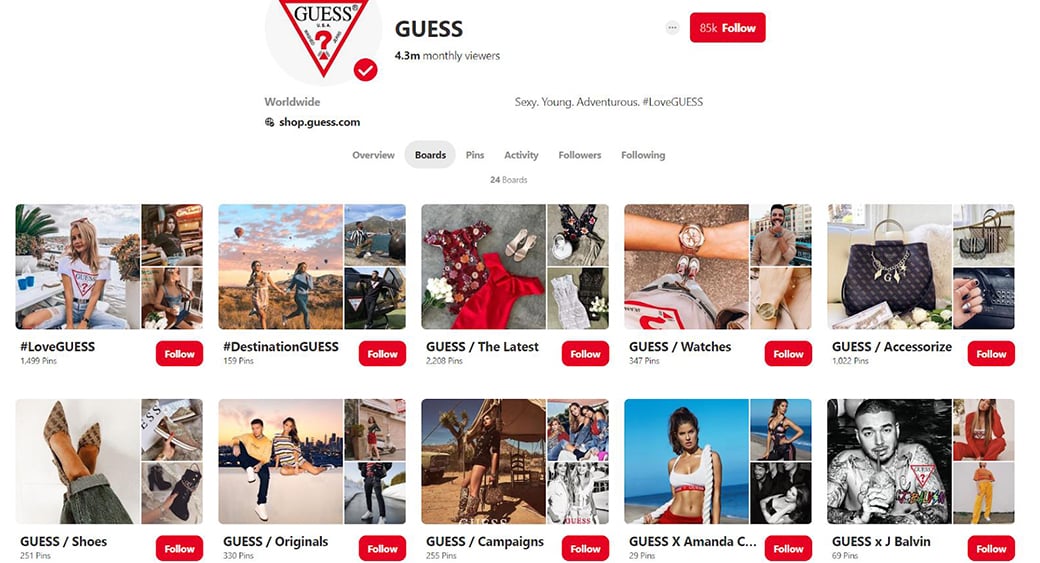
Pinterest for e-commerce
Next, think about the platforms your target audience frequents. You should go where your ideal customers hang out.
What type of information could help you make a decision? You could learn that 60% of Pinterest users are women and that 98% of Facebook users visit the site via mobile devices if you do some investigation. You'll be able to determine which platforms are suitable for your company based on these and other data factors.
5. Optimize your e-commerce social media accounts and run paid campaigns
Optimizing your social media accounts is one of the first things you'll need to do. Complete your profiles to the best of your ability, including any relevant information.
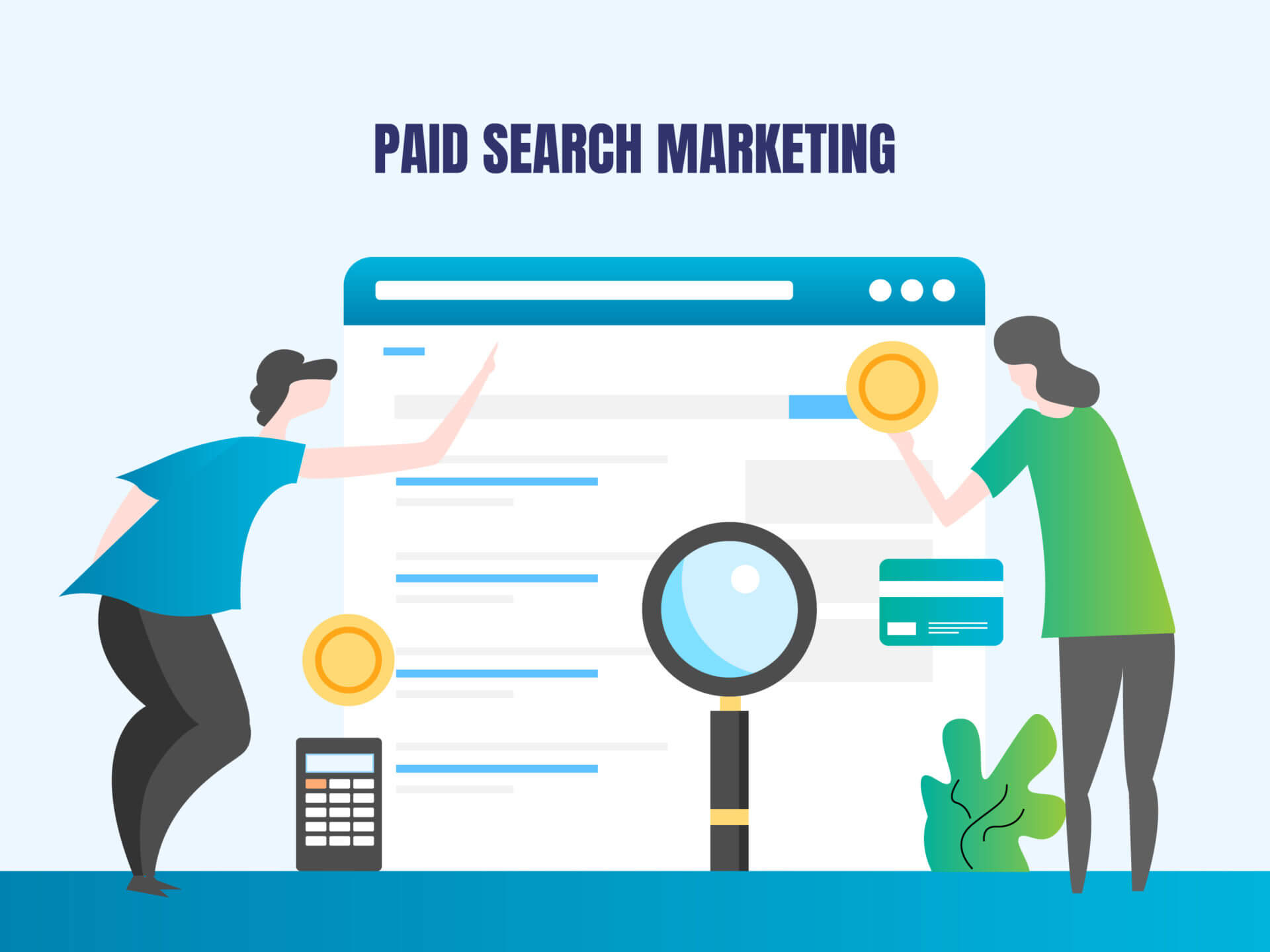
Structuring paid search campaigns
Make it simple for consumers to obtain the information they need to understand your company and buy from you at a glance. Conduct research to determine which keywords and hashtags to utilize in order to appear in search results. Paid advertising is available on nearly every social site, allowing you to increase visibility even while organic reach becomes increasingly difficult to attain.
There are also different ad types on each, so it's a good idea to look into them all. On each platform, you may experiment with various ad kinds. On Facebook, you may attempt retargeting advertisements, but on Instagram, utilize Shoppable posts. Use the audience targeting features on each to your advantage.
6. Make use of automation tool
If social media is a part of your sales plan, you should look into automation tools and take use of what you can. Why is social selling so dependent on automation? On social media networks, people want timely and personal engagement. You'll need assistance to satisfy their expectations.

Workflow automation tool
It's just impossible to run a profitable business while constantly responding to comments and answering queries online. Don't take the possibility of turning people away or overlooking important requests or concerns on social media, which is available 24 hours a day, seven days a week (including holidays!).
7. E-Commerce Landing Pages
By giving consumers all the information they need to make a purchase choice, optimizing your landing pages for e-commerce helps create a better user experience.
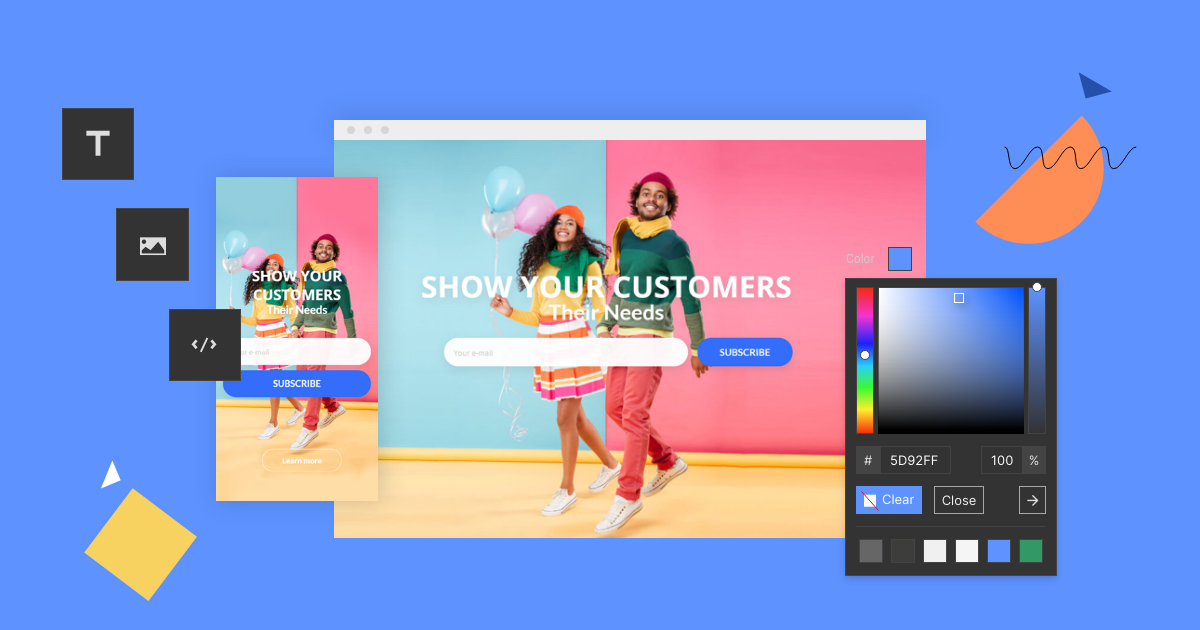
Attractive landing page
If people visit your site, you want them to know right away that they've arrived at the proper location. They should be able to purchase the thing they want without difficulty.
Make sure you have high-resolution product photographs and videos, as well as well-written product writing that highlights features and advantages. To aid conversion, include dimensions or specs on the product page, as well as clear calls to action (CTAs).
8. Ensure simple website navigation
When you launch an e-commerce site, the user experience (UX) should be your first focus. You want customers to be able to locate things fast and transition seamlessly from browsing to purchasing.
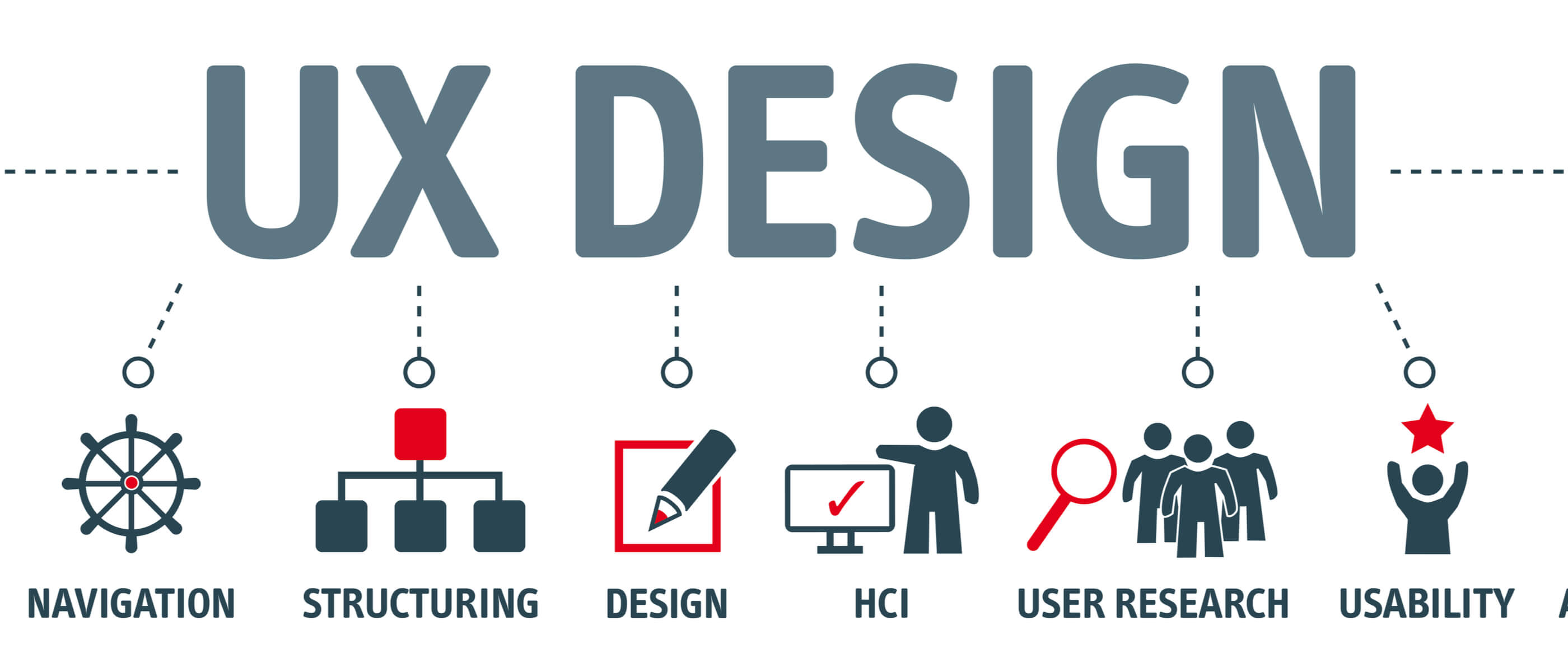
What is User Experience Design?
The easier it is for individuals to purchase from you, the more likely they are to convert from visitor to customer. Keep your navigation easy to grasp and eliminate design features that are difficult to utilize.
9. Easy payment options
If you want to run a successful e-commerce site, you need to provide consumers with safe and secure ways to pay for your goods and services.
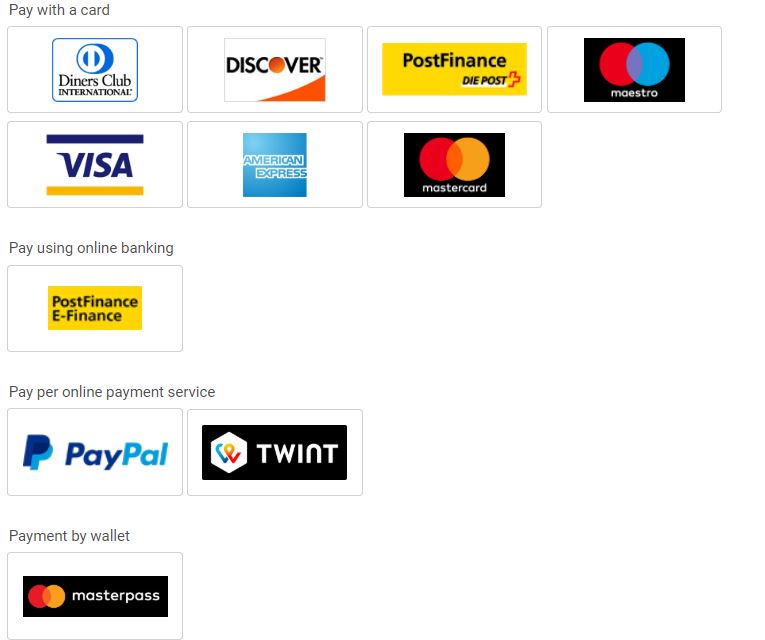
Online Payment Options
For your e-commerce firm, you may choose from a variety of payment alternatives, each with its own set of features and restrictions. Square, PayPal, Stripe, Apple Pay, Google Pay, and a slew of additional options are available.
Depending on the features you utilize, certain social networking networks allow customers to purchase directly from the app. Facebook (with Facebook shops, Messenger Chatbots, and Ads), Instagram (with Stories, Shopping, Live, IGTV, and Ads), and Pinterest are just a handful of these alternatives (with Promoted Pins, Rich Pins, and Shop the Look Pins.)
Last few words:
For many individuals, social media is an important part of their daily lives, and it provides a wonderful chance to reach out to potential clients and market your products and services. To improve your brand, increase sales, and generate dedicated followers, you may use a variety of channels.
Using social media for e-commerce is a logical move for your business as you anticipate future expansion if you also sell online. If you haven't taken use of the advantages of social media marketing yet, do so soon to avoid missing out on the chance.

